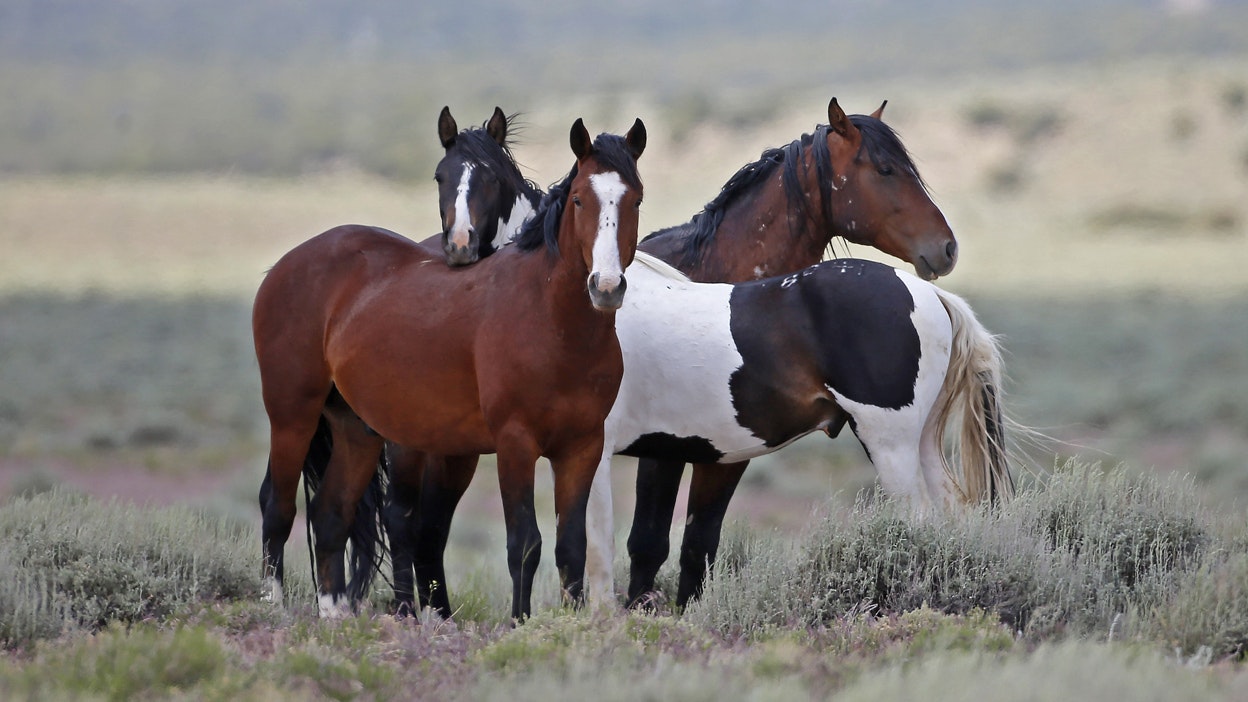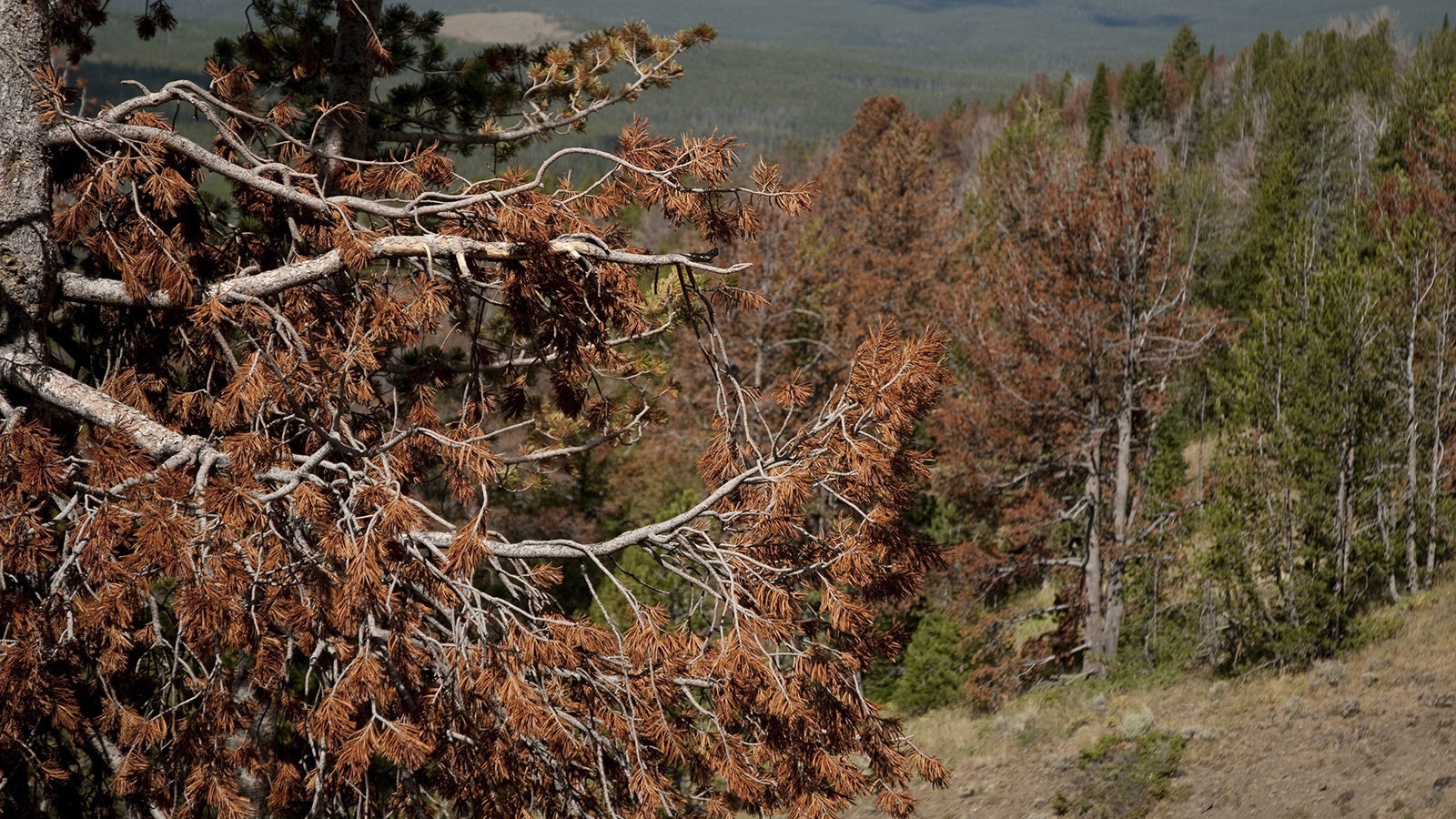Hundreds of horses that nobody claims are running loose in southwest Wyoming, and their fate seems uncertain.
Nobody even seems to know how many there are, but estimates for this rogue herd run as high as 800.
Rancher Vance Broadbent said it’s frustrating, because he’s had some of those horses on grazing allotments he leases from the Bureau of Land Management. But the horses apparently don’t count as mustangs, or wild horses, so the Bureau of Land Management (BLM) isn’t claiming responsibility for them.
“We’re still having conversations with the BLM, as far as what can or can’t be done,” Broadbent – who ranches in Sweetwater and Uinta counties – told Cowboy State Daily.
‘Strays,’ Not Mustangs
Under the federal 1971 Wild Horse and Burro Act, the BLM is responsible for mustangs. Those are horses that have never been domesticated, even though they might have descended from domestic stock – such as 19th Century U.S. Calvary horses.
However, if the horses in question are unclaimed livestock, the BLM isn’t responsible for them, agency spokesman James Fisher told Cowboy State Daily.
BLM wild horse experts “clarified that the horses in that particular area are considered to be unclaimed livestock -- not stemming from any of the HMAs (BLM Horse Management Areas),” he said. “Because of this, the management of them does not fall under the purview of the BLM.”
The number of horses in question isn’t clear, but there are thought to be “hundreds” of them, Fisher added. And the state of Wyoming is probably ultimately responsible for them.
There are probably at least 400 stray horses loose in parts of Uinta, Sweetwater and Lincoln counties, Jim Magagna, executive vice president of the Wyoming Stockgrowers Association, told Cowboy State Daily.
“I’ve heard its about 400 (stray horses), and I’ve heard somebody say there are as many as 800 – although that number might be an exaggeration,” he said.
Where Did They Come From?
The origins of the stray horses seem murky, Broadbent said, although they’ve been around for years.
“Sometimes they’ll be out along the freeway by Rock Springs and Green River,” he said.
He said they’ve been increasingly showing up on ranches, and he’s had some on his BLM grazing allotments – where they’ve been causing trouble.
“They’re competing for resources with livestock and wildlife” and trampling watering holes, he said.
Magana said people turning horses loose has long been a problem in Wyoming. However, that might be happening more lately, because the market for horses has been faltering.
“There’s a lack of a market for older horses. There’s a lack of a place for people to take their horses,” he said.
So, more people might be getting frustrated and turning horses loose to fend for themselves.
“Sometimes, if somebody has a horse that they don’t want, they take it out on public land and set it loose, which of course is illegal,” Magagna said.
What To Do?
With jurisdiction over the strays apparently a “gray area,” Broadbent said he’s baffled and frustrated over what to do about them.
Magagna said some roundups are in order, but that will take coordination, manpower and money.
“The cost should not fall solely on the landowners,” he said.
Loose and abandoned horses have also been a problem on the Wind River Indian Reservation, he added. The state has pitched helped tribes round those horses up.
“Perhaps the state could do something similar in the instance of these horses in (southwestern Wyoming),” he said.
Magagna mentioned the problem during a recent meeting of the Wyoming Legislature’s Joint Select Federal Natural Resource Management Committee, and said he plans to keep pushing for action from the state.
“These horses have been causing damage to ranches and public lands,” he said. “They don’t belong there.”
Mark Heinz can be reached at mark@cowboystatedaily.com.





